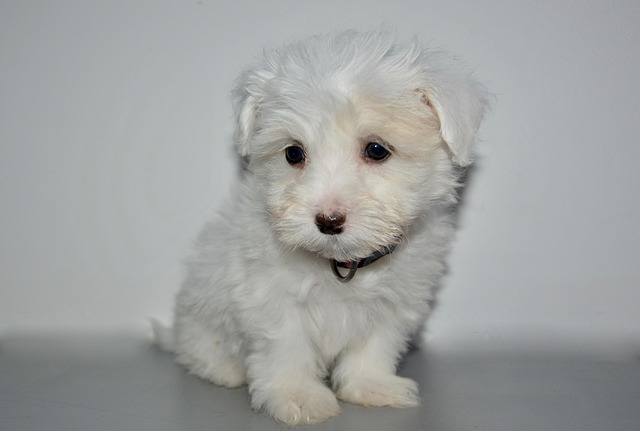
how do dogs escape the heat in summer
That first real heatwave hits, and suddenly your energetic Labrador is flopped on the cool kitchen tiles, panting like a steam engine.
There’s nothing quite like burying your face in those adorable wrinkled cheeks, but those cute folds come with responsibilities. Dogs with prominent facial rolls, neck folds, or tail pockets— think Bulldogs, Shar-Peis, or Pugs— require dedicated care to keep their skin healthy. Neglecting these areas isn’t just uncomfortable for your pet; it can lead to painful infections.
The warm, moist environment inside skin folds creates the perfect breeding ground for bacteria and yeast. Every time your dog drinks water, eats, or drools, moisture gets trapped. Without proper drying, that dampness turns into a smelly, irritated mess within hours. You might notice redness, a musty odor, or your dog scratching and rubbing their face— all signs of an impending problem.
Start with daily cleaning. Use a gentle, fragrance-free baby wipe or a vet-approved pet cleansing wipe. Gently lift each fold and wipe from front to back, taking care not to tug on sensitive skin. Some owners prefer cotton balls soaked in warm water, but make sure to dry thoroughly afterward. For deeper folds, a soft-tipped ear cleaning pad can reach tricky areas.
Invest in specialized products designed for skin folds. Antimicrobial wipes with ingredients like chlorhexidine help prevent infections, while cornstarch-based powders absorb excess moisture without irritating skin. Avoid using human products containing alcohol or fragrances, which can dry out and inflame your dog’s delicate skin. Check local pet stores or online retailers that comply with regional animal product regulations.
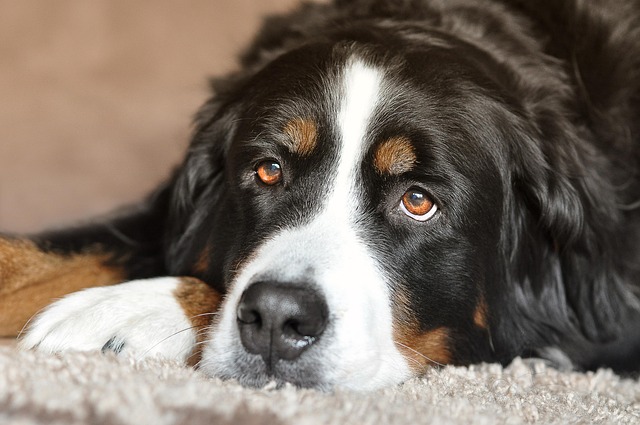 Watch for signs of infection. If you spot pus, open sores, or a strong foul smell, it’s time to see the vet. Infected skin folds often require prescription ointments or oral antibiotics. Some severe cases may need surgical correction, known as a blepharoplasty or foldectomy, especially if recurring infections impact your dog’s quality of life. Always consult a licensed veterinarian before attempting home treatments.
Watch for signs of infection. If you spot pus, open sores, or a strong foul smell, it’s time to see the vet. Infected skin folds often require prescription ointments or oral antibiotics. Some severe cases may need surgical correction, known as a blepharoplasty or foldectomy, especially if recurring infections impact your dog’s quality of life. Always consult a licensed veterinarian before attempting home treatments.
When traveling, pack your cleaning supplies. Many hotels and vacation rentals have pet policies that require you to keep your dog clean and odor-free. Failing to manage skin fold infections can lead to additional cleaning fees or even being asked to leave. Carry travel-sized wipes and powders in your pet’s bag, and make time for daily check-ups, even on the go.
Socialize your dog carefully if they have skin fold issues. Rough play with other dogs can irritate open wounds or introduce new bacteria. When meeting new friends at the park, keep an eye on interactions. Some communities have leash laws specifically for dogs with visible health issues to prevent accidental injuries or the spread of infection.
During grooming appointments, communicate with your groomer. Let them know if your dog has sensitive skin folds or ongoing issues. Professional groomers often have experience handling brachycephalic breeds and can offer tips for maintaining healthy skin. Just make sure your chosen groomer is licensed and follows local animal welfare standards.
Remember, caring for skin folds is a long-term commitment. It might feel like a chore, but those moments of nuzzling those soft wrinkles make it all worth it. With consistent care, you can keep your wrinkly friend happy, healthy, and free from painful infections.

That first real heatwave hits, and suddenly your energetic Labrador is flopped on the cool kitchen tiles, panting like a steam engine.
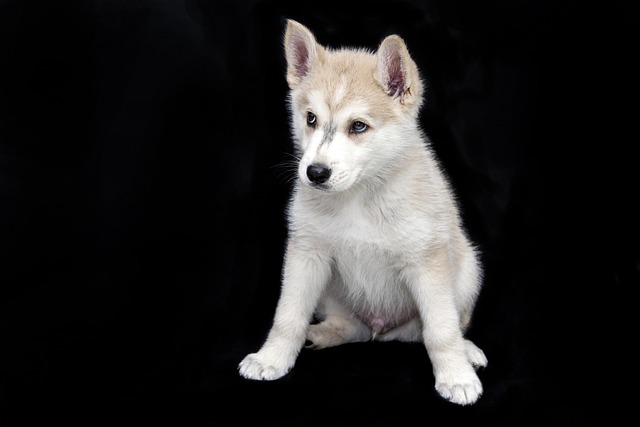
That worried feeling hits every dog owner: your usually playful pup turns away from breakfast, has loose stools, or maybe even vomits a little.
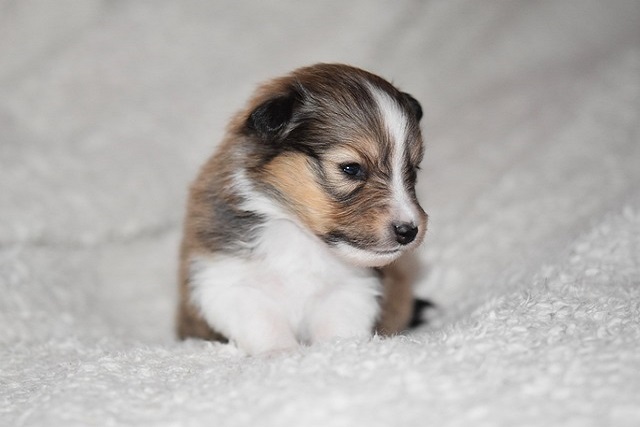
That minty powder you sprinkle on your Golden's food seems like magic for avoiding dental cleanings, but here's what vets actually think.
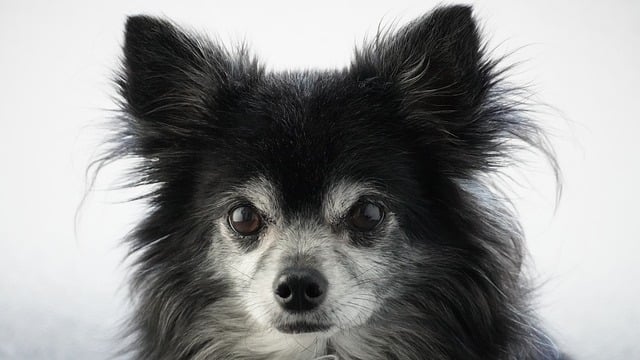
As a dog owner, seeing your furry pal under the weather is heart-wrenching. Many common ailments stem from various infections, and understanding them is key to keeping your four-legged friend in top shape.
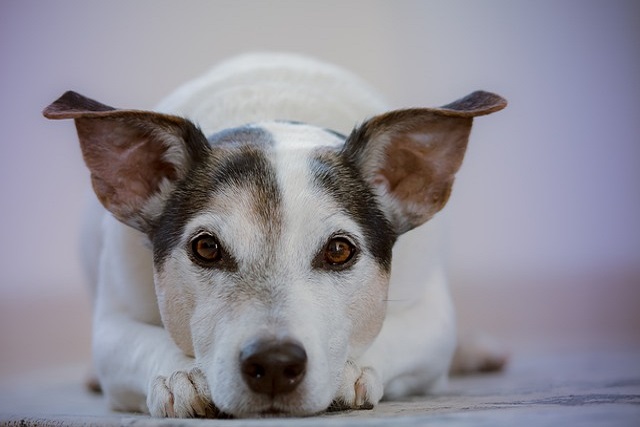
Imagine snuggling with your beloved Teddy on the couch, only to notice they seem a bit off. Maybe they’re scratching more than usual or losing their appetite.
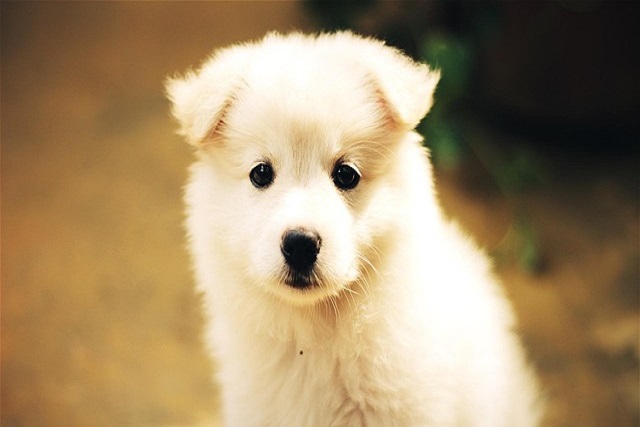
That sinking feeling when your dog sniffs their dinner and walks away is all too familiar. While occasional skipped meals happen, persistent appetite loss needs attention.